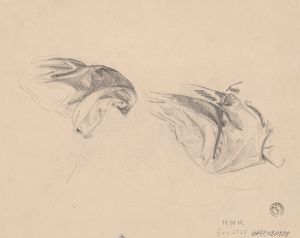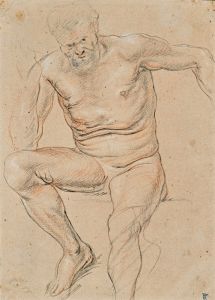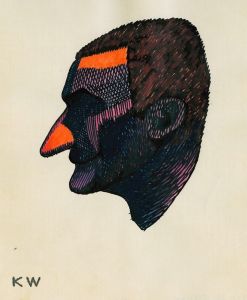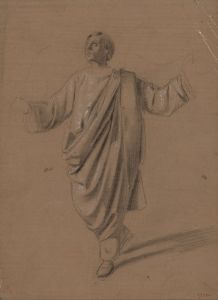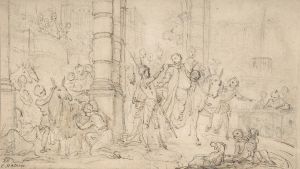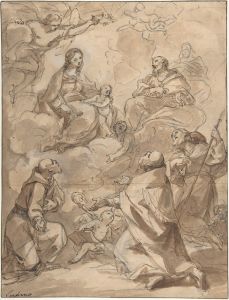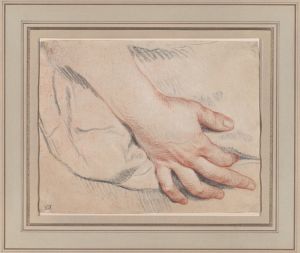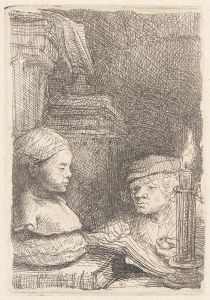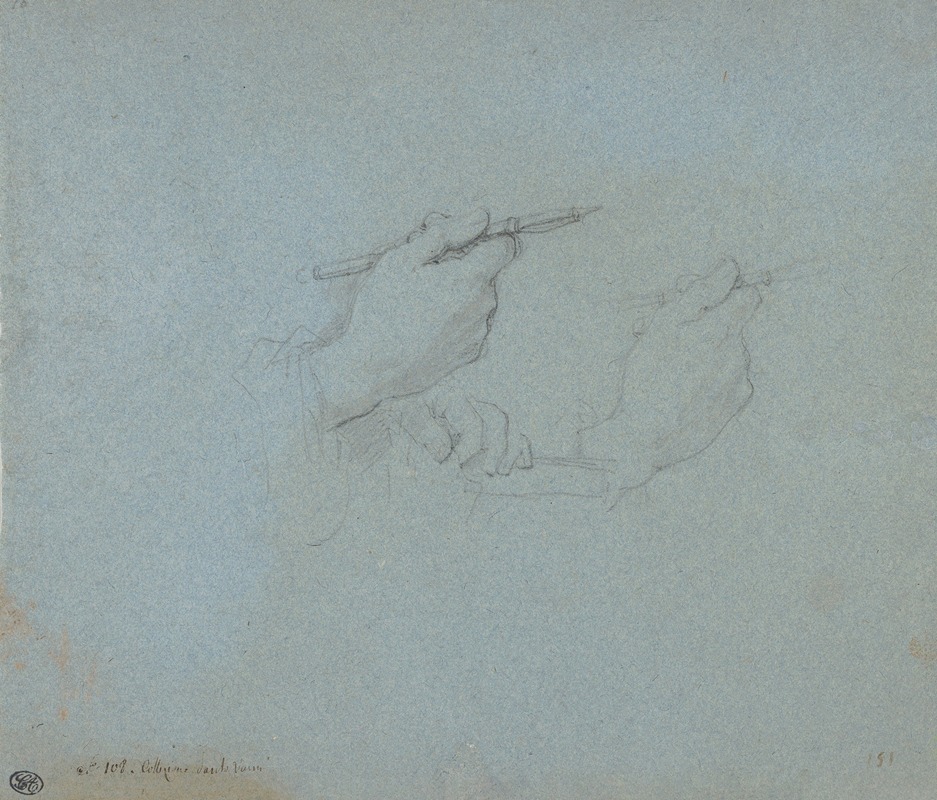
Study of Hands
A hand-painted replica of Charles-Joseph Natoire’s masterpiece Study of Hands, meticulously crafted by professional artists to capture the true essence of the original. Each piece is created with museum-quality canvas and rare mineral pigments, carefully painted by experienced artists with delicate brushstrokes and rich, layered colors to perfectly recreate the texture of the original artwork. Unlike machine-printed reproductions, this hand-painted version brings the painting to life, infused with the artist’s emotions and skill in every stroke. Whether for personal collection or home decoration, it instantly elevates the artistic atmosphere of any space.
Charles-Joseph Natoire was an 18th-century French painter known for his contributions to the Rococo movement. One of his notable works is "Study of Hands," which exemplifies his skill in capturing the delicate and intricate details of human anatomy, particularly the hands. This study is a testament to Natoire's dedication to mastering the fundamentals of drawing, which was a crucial aspect of artistic training during his time.
Natoire was born in Nîmes, France, in 1700 and trained under prominent artists such as Louis Galloche and François Lemoyne. His education was further enriched by his time at the French Academy in Rome, where he absorbed the influences of classical art and the burgeoning Rococo style. Natoire's work often featured mythological and historical themes, characterized by their elegance and decorative qualities.
"Study of Hands" is a drawing that showcases Natoire's ability to render the human form with precision and grace. The study likely served as a preparatory work for a larger composition or as an academic exercise to refine his technique. During the 18th century, studies of hands were common practice among artists, as hands are considered one of the most expressive and challenging parts of the human body to depict accurately. Such studies were essential for artists to convey emotion and narrative through gesture in their finished works.
The drawing demonstrates Natoire's keen observation skills and his understanding of anatomy. The hands are depicted with careful attention to the play of light and shadow, highlighting the contours and subtle movements of the fingers. This level of detail suggests that Natoire was not only interested in the structural aspects of the hands but also in their expressive potential.
Natoire's "Study of Hands" reflects the broader artistic trends of the Rococo period, which emphasized elegance, movement, and the beauty of the natural world. The Rococo style was characterized by its ornate and decorative qualities, often featuring pastel colors, fluid lines, and playful themes. While "Study of Hands" is a more subdued work compared to Natoire's larger compositions, it nonetheless embodies the grace and refinement associated with the Rococo aesthetic.
Throughout his career, Natoire held several prestigious positions, including director of the French Academy in Rome. His influence extended to a generation of artists who followed in his footsteps, and his works continue to be studied for their technical proficiency and artistic merit. "Study of Hands" remains an important example of his dedication to the craft of drawing and his contribution to the artistic developments of his time.
In summary, Charles-Joseph Natoire's "Study of Hands" is a significant work that highlights the artist's skill in depicting the human form with precision and elegance. It serves as a reflection of the Rococo style and the importance of anatomical studies in the training of artists during the 18th century.





